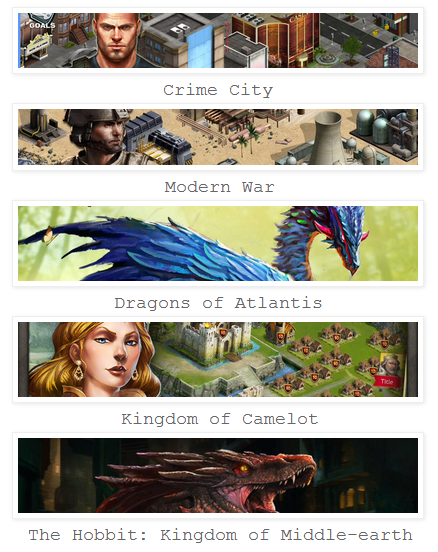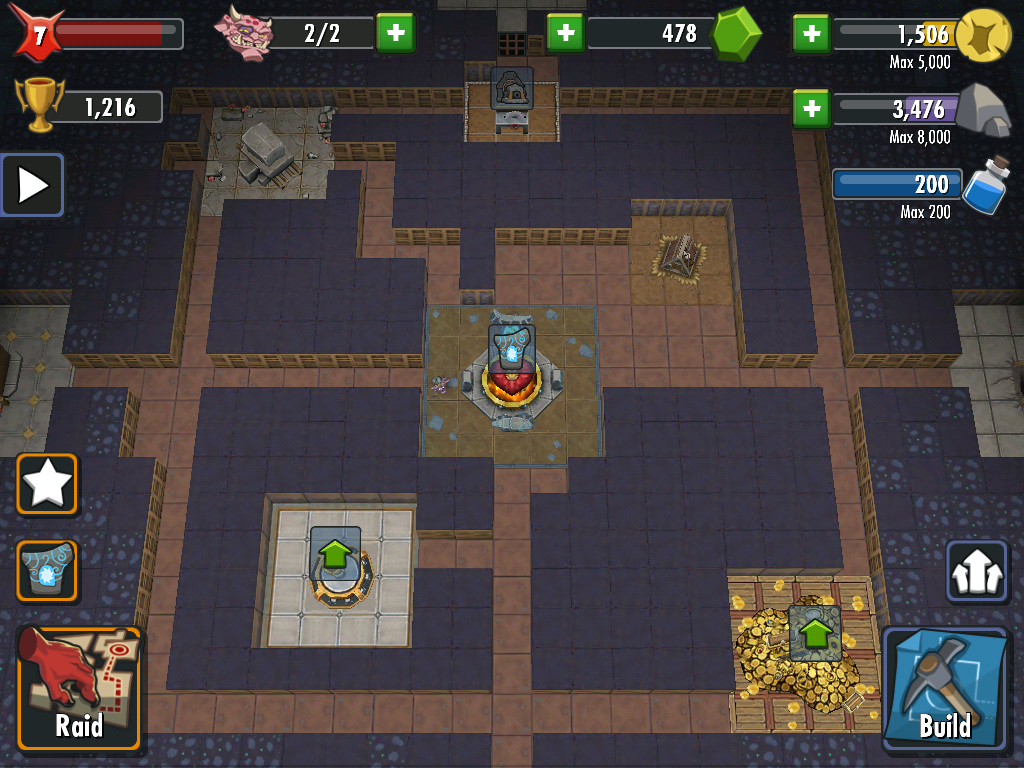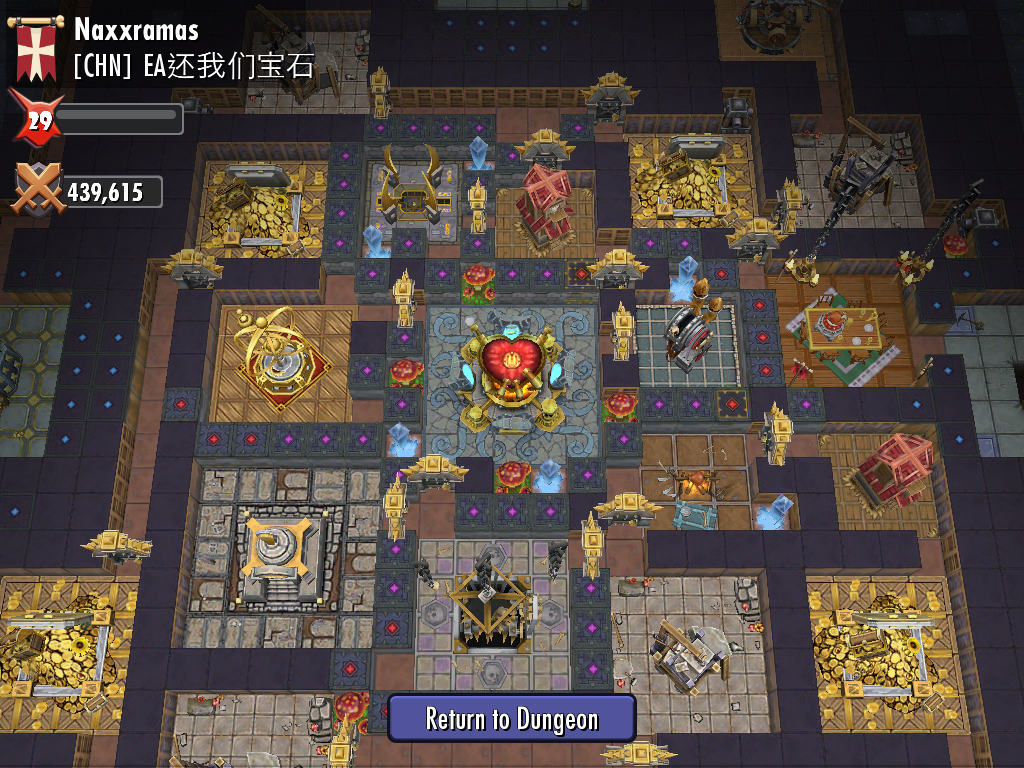How to keep players playing (long-term retention)
Yesterday, following the results of "Reading for the night", we had an impromptu vote. He was "won" by an article by Mikkel Faurholm about what exactly it is necessary to hook players in free-2-play games. Today we offer it in Russian.
Long-term retention is one of the most important factors for F2P games. With the existing variety of F2P projects, the game needs to instantly engage the user, involve him in what is happening, regardless of what kind of plot or setting it has.
One of the very underestimated strategies for long-term retention is to involve the player in creating an image, demonstrating what a player can become by pumping in the game.
He tries to attract some games with the help of a dramatic story and an "assistant" whom the player can sympathize with, from whom he receives tasks / messages, being the ruler in the game universe. This approach is especially relevant in strategies/builders aimed at an adult audience.
The problem with this type of engagement is that the player rarely interacts with the "assistant". Plus, working on a game character itself is perceived no more than working on the initial hook. When creating it, we are not talking about the fact that it will hold the user for a long time.
Plus, at some point the assistant becomes something like a Paperclip assistant from MS Word 97, it starts to annoy.
To increase the likelihood of player involvement in the long run, the game requires the creation of an image. Visualize the goal, what the player can become, and what cool chips to get at your disposal in the future. People themselves are not good at it. Most people don't see things unless they're right under their noses. For the same reason, posting photos with furniture will help sell your house or apartment. There will be no fittings when the buyer moves into the apartment that has just been sold to him, but photos with it (or visiting an apartment with furniture still available) will create an image of what the dwelling can be or become.
Examples
Supercell's Hay Day introduces your neighbor Greg at the very beginning of the game. Greg looks like a nice and helpful guy and, of course, you will have time to get bored by the time the first ship arrives. But at the same time, it performs one very important function. Before you go on an independent "voyage", the game will show you his farm, what the player can then achieve in the game, what the player can actually purchase in the store. This is a great way to involve a player in a project for a long time: to make him wish for what his neighbor has.
Another great example is also from Supercell. You know this game for sure – Clash of Clans. In fact, the game repeats the same feint as Hay Day, but in a slightly different way. The initial hook is about the same – a sweet young lady asks you to quickly build a cannon before it's too late.
A quick introduction to the basics occurs when attacking another player. As you probably know, for a successful attack, the user receives special points that increase the player's rank in the standings. The tournament tables menu has clan tops and player tops that the player can view – and it's very cool. Here, in fact, you are introduced to real players, and not to one Greg, whose farm could look something like this in Clash of Clans:
Compared to the starting village, the one on top looks pretty damn cool. She creates an image!
But it's not that simple. Sometimes you can screw up here too.
For example, mobile Dungeon Keeper, like Clash of Clans, almost immediately introduces the player into the thick of events, raids, and the need to attack other players. And the image of the enemy base here too, in theory, should create an image.
The screenshot below is my dungeon after about an hour of playing.
And here is the world leader. There are differences, of course, but would I want to spend hours and hours building such a dungeon? Doubtful.
Another common mistake came from the end games, in which, for example, the final boss had to be hidden until the last moment. Maybe the players in the 80s and 90s were happy with the secret, but if we're talking about a casual player, that's definitely not an option.
Without knowing what a particular game is leading to, a competitor may be met with the same interest, because "who knows what's around the corner?". Therefore, games aimed at a casual audience should demonstrate that "around the corner" is to create an IMAGE.
It is for this reason that you can scroll through Candy Land in Candy Crush Saga to the very end.
Users do not have to block worlds, as it was in the days of classic platformers. Show them the whole way and they will most likely continue to play, and maybe spend a couple of cents on this road.
Engage players through gameplay, game mechanics and social chips, but remember to keep them in the project by creating an image, demonstrating what they can achieve in the game.
A source: http://www.appcrimes.com/2014/03/how-to-keep-players-playing-longterm.html






